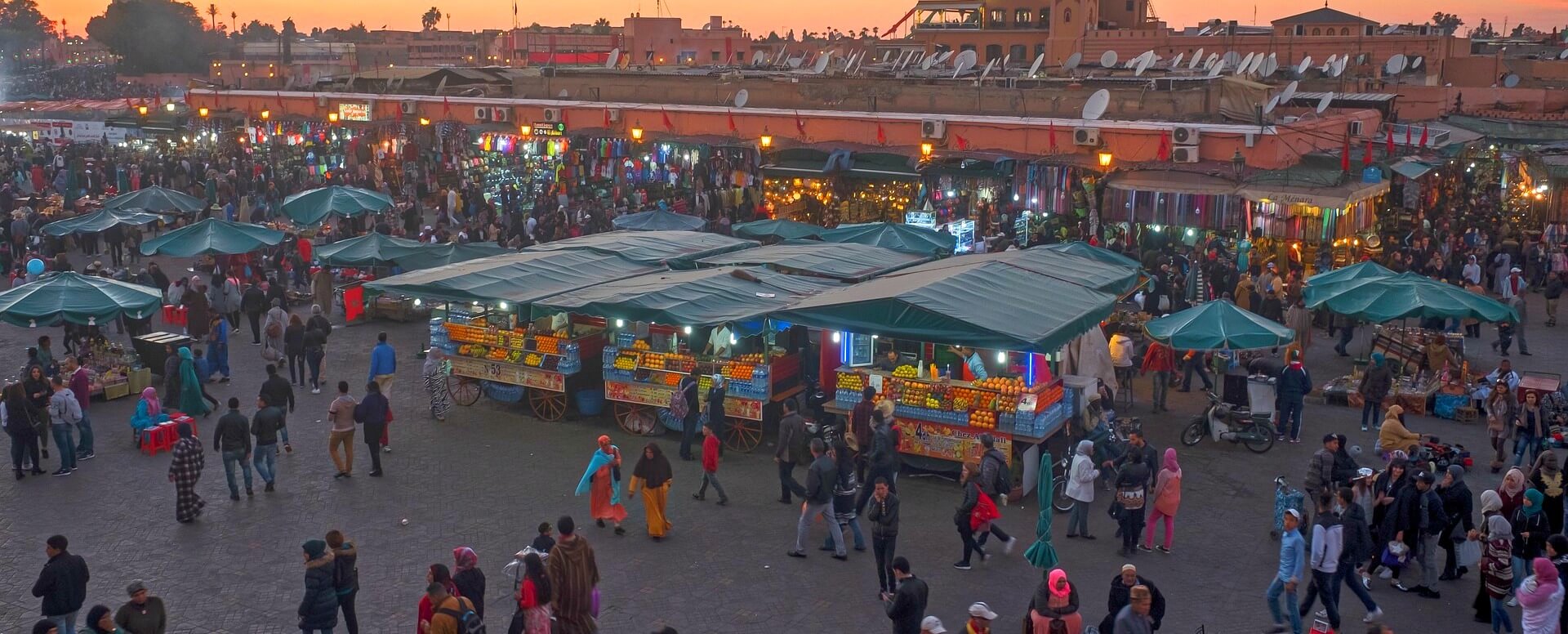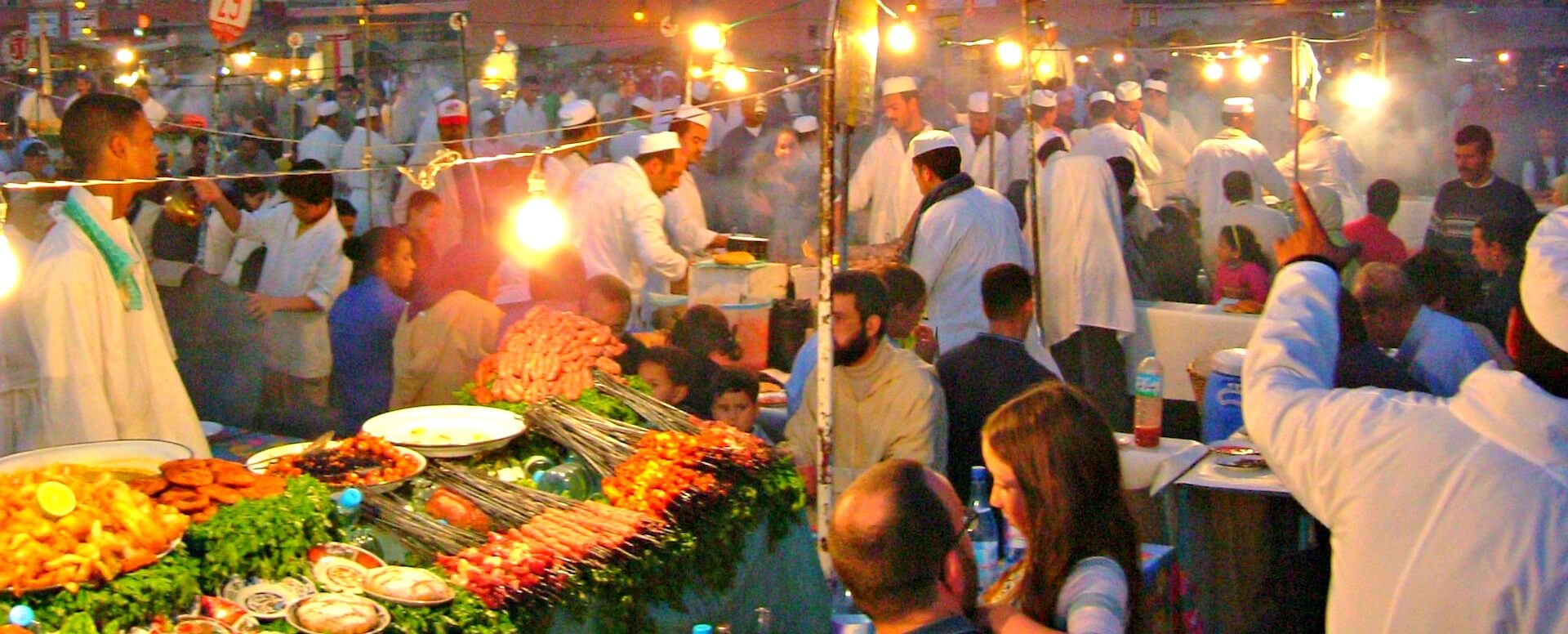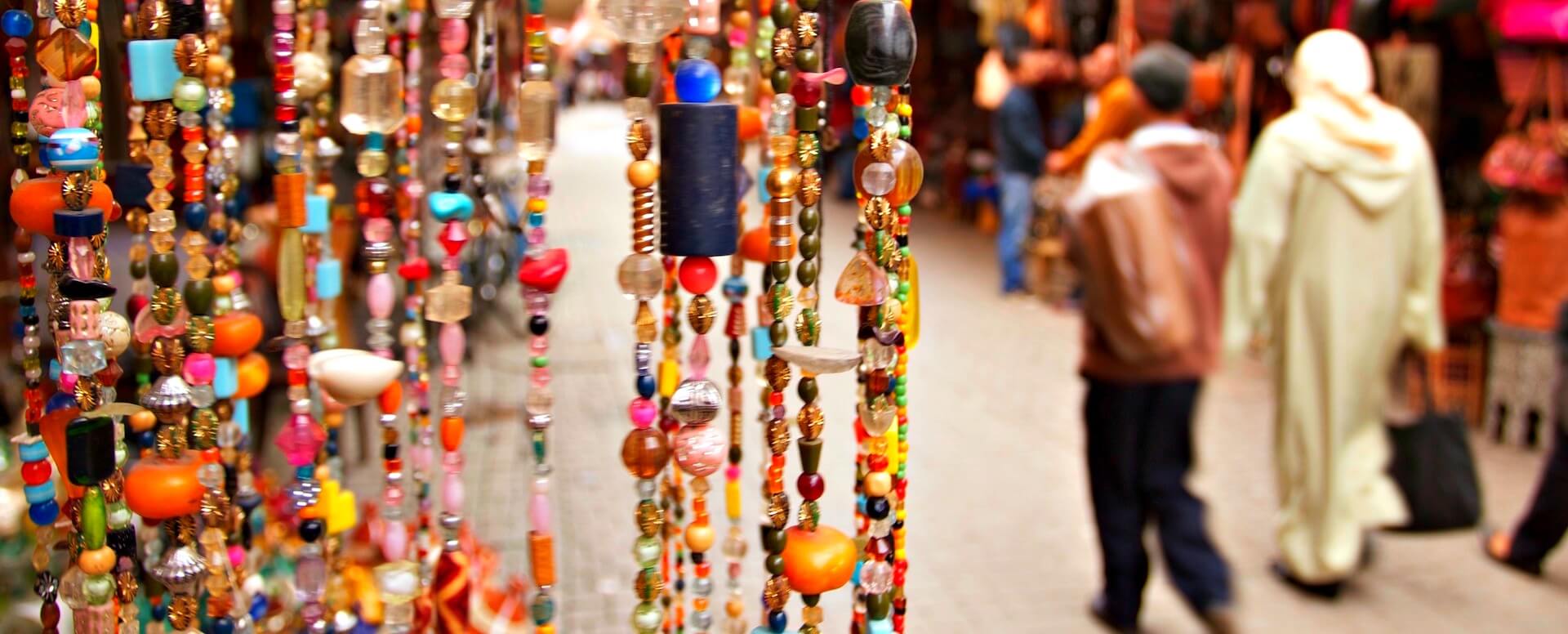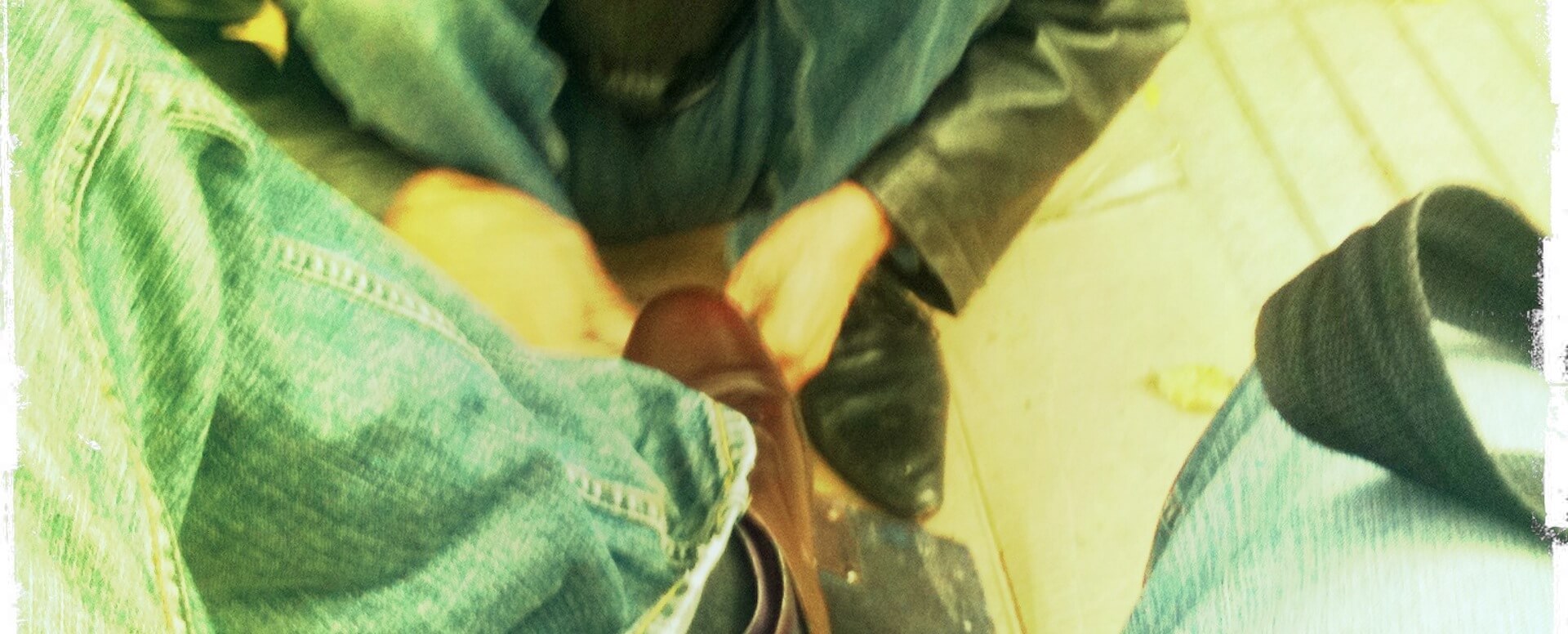The culture in Marrakech, just like any culture worldwide, plays an important part in shaping a city and its people. Marrakech is rich in culture and so diverse with its historical influences reflected through the beautiful architecture, delicious cuisine and welcoming people. The culture in the ‘red city’ is unique and has been strongly influenced by Arab and Islamic civilisations because of the vast Berber population. The culture in Marrakech is portrayed through language, religion, music, crafts, and tradition.
Berbers remain the largest ethnic group in the whole of Morocco and in Marrakech the main language spoken is Arabic. The Berber tongue remains significant and is still spoken within the country. French is taught in schools from an early age and has become the unofficial second language, however English is only understood in the areas with lots of tourists. Most people in Marrakech can speak around 3-4 languages so there shouldn’t really be a language barrier when you visit this incredible city. All the staff in our villas speak French and the majority can understand English so they can have a conversation with you about the food and service in the villa.
Religion plays a huge part in the culture of Marrakech as the majority of the city are Muslims. Islam is the main religion and this faith observes the holy month of Ramadan, where it is absolutely forbidden to drink, eat or smoke during daylight hours. This means that during the day most people are sleeping and the city comes alive at night with some small cafes staying open until the early hours of the morning. The feast of Eid es Seghir marks the end of Ramadan and is celebrated in the city. Another major religious festival is Eid el Kebir; this is where wealthy households sacrifice a sheep in order to mark Abraha.
The music in Marrakech has been influenced by a number of different cultures because of its geographical location. The music is a unique blend of Spanish, Middle Eastern, Sub Saharan, and indigenous Amazigh. This exclusive fusion of music has been the result of an interesting history. During the early years of Marrakech, Gnawa music, Andalucian and Sephardic music had a significant impact on the culture of the city. When the Europeans began to move in they brought new styles too which has ultimately created a rather rare sound. You can discover this mix at music events, concerts, and cultural festivals throughout the city. Our concierge, situated in Marrakech, can even organise private events with musicians and gnaoua at the villa with a belly dancer which makes a fantastic show with a traditional dinner.
In the city of Marrakech there are a number of different artisanal trades that have become tradition over the centuries being passed down from generation to generation. One of the most significant craft skills is the beautiful art of Tazoukt. This is a creative form of woodcraft where wooden items such as furniture, boxes, and panels are painted with intricate and sophisticated patterns. The designs use red to symbolise the city of Marrakech and the craftsmen incorporate this into their work. Lots of other craft skills can be found in the souks and you will see them as you take a walk through the exquisite markets.
In order to get the real experience in Marrakech, a visit to the souks in the Medina will immerse you into a cultural whirlwind. Take a walk through the small and narrow streets and admire the items on display at each of the quaint stalls. This is the place where the locals go daily to purchase what they need for their meals. Have a chat with the stall owners and learn about their day to day life in the ‘red city’. Drinking mint tea is also tradition in the whole of Morocco and you must try it when you are there - a good cup of tea is served with many bubbles.
On Avenue Mohamed V in Marrakech, you will find a man every day, offering his services to passers-by for the payment of a small fee for a fast, efficient and excellent quality. Its artisan secret to make dusty shoes shine: the juice of the orange!
He gently passes a half-peeled orange on the shoe skin, depositing for a very short time a thin layer of nectar that detaches impurities in the seams and nooks. The invention also relates to the practice of closing and polishing, from the left arm, to the rhythm of the brush in a reverse pendulum movement to the right arm, with the nipping of the brush against the box at the change of foot.



